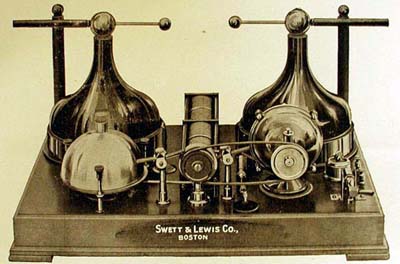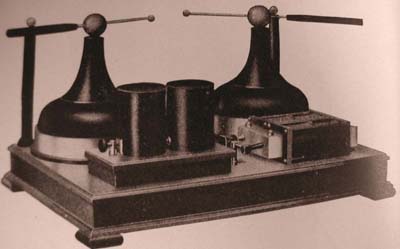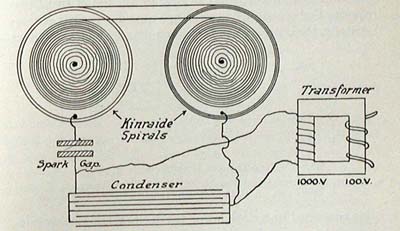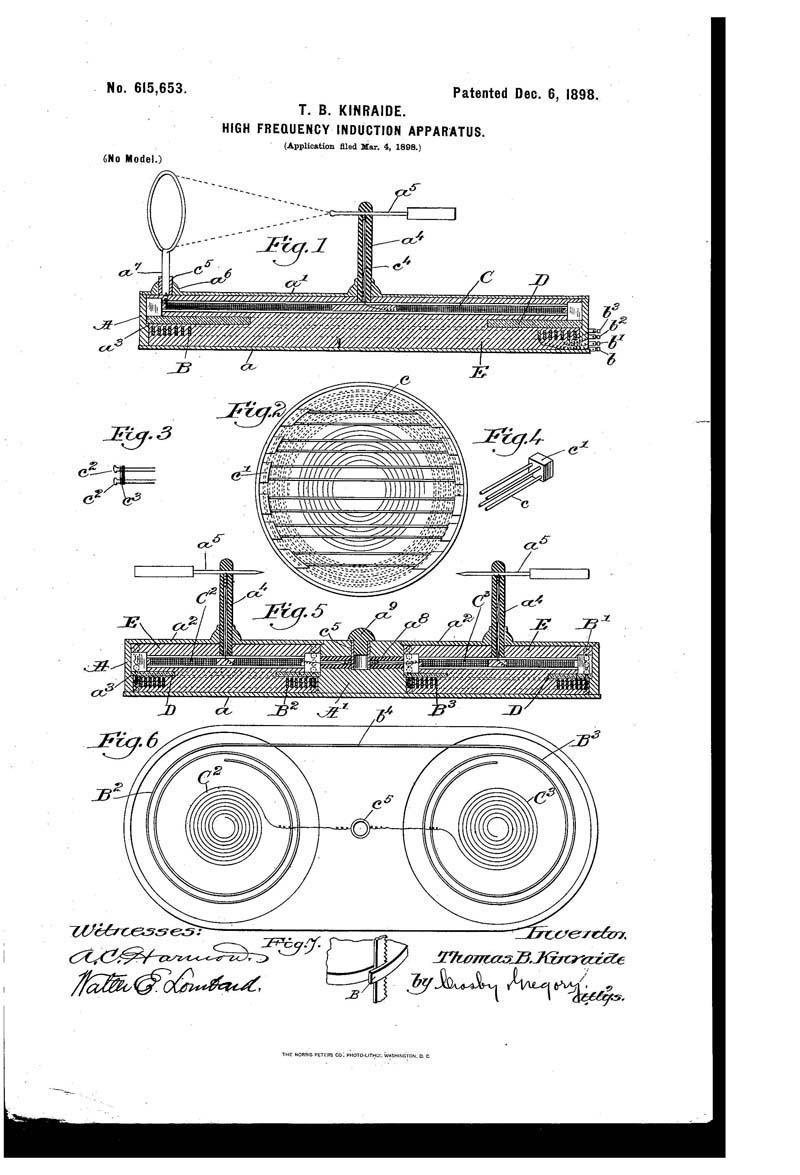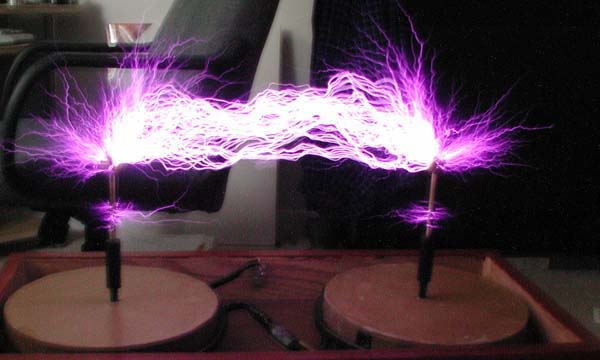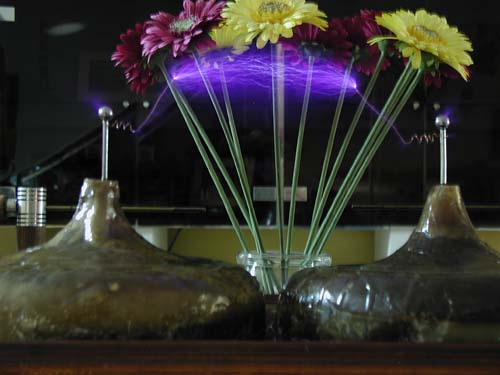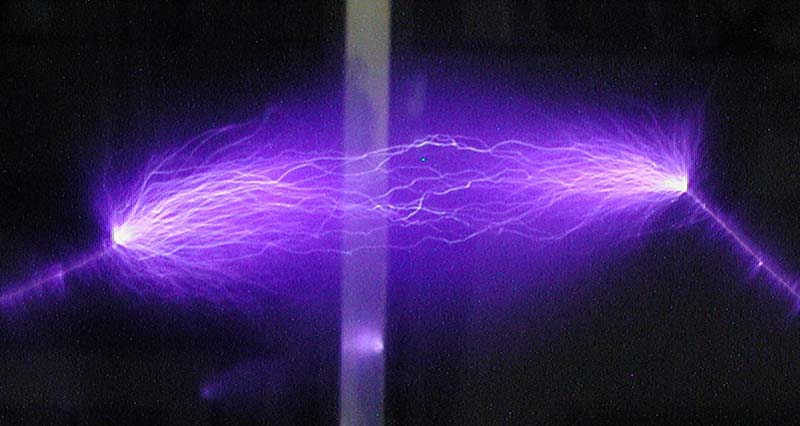 |
The Turn Of The Century Electrotherapy Museum Kinraide Coils Article |
| http://www.electrotherapymuseum.com | |
|
|
|
|
|
|
|
|
|
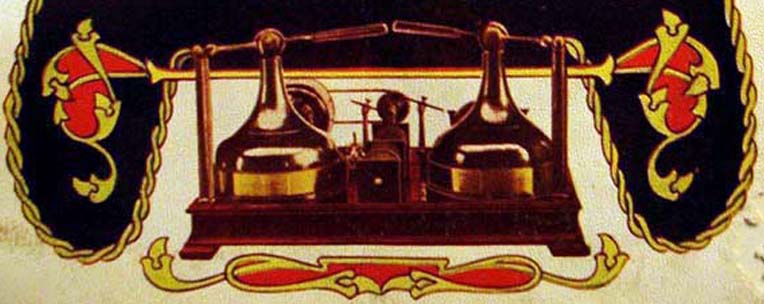 |
|
|
Closeup Photo of Kinraide Coil (Direct Current version) from Swett & Lewis Catalog. |
|
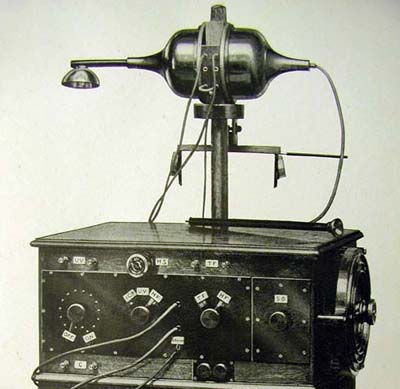 |
 |
|
|
|
|
First page to Kinraide Coil Patent |
|
|
The name Thomas Burton Kinraide is practically unknown, yet his work remains among my personal favourites. While Nikola Tesla can be considered the first person to experiment with Röntgen Rays and X-Ray Tubes using high frequency currents, Thomas Burton Kinraide was certainly the man who perfected these ideas for the medical field. Kinraide started this research in 1896. [At this time, the only High Frequency coil mass-produced was "The Knott Apparatus" in 1897. This was the first commercial Tesla Coil, and it was made expressly for X-Ray use.] According to Frederick Finch Strong (who became acquainted with with Kinraide at his Jamaica Plain Laboratory), Kinraide demonstrated X-Rays powerful enough to view bones of the trunk as clearly as those of the hand. His method was to discharge a large bank of storage cells through a platinum break and 8" Ruhmkorff Coil. The induction coil was provided with a discharging circuit consisting of a kerosene-immersed plate capacitor connected in series with an oil-immersed Tesla Coil by a heavy spark gap. Kinraide later perfected this bulky apparatus with the Kinraide Coil seen in the patent and plates above. Frederick Finch Strong (who was at the time Professor of Anatomy at Boston University School Of Medicine) began his famous studies of the therapeutic effects of high frequency currents. (Strong was later an instructor in Electrotherapeutics, he is credited for having invented the well-known vacuum electrode, and for having written one of the best books on High Frequency Currents). Both Kinraide and Strong created a series of prototypes from 1896-1901. Kinraide continued to improve his design, and Strong supervised the work of Mr. Earl L Ovington (of the Massachusetts Institute of Technology) to create his own high frequency apparatus "The Strong-Ovington Static Induction And High Frequency Apparatus". The "Strong-Ovington" apparatus was officially marketed in 1902. Improvements in the years followed, and Strong developed larger ornate versions called The Ajax Coil, The Ajax Special, and finally The Hercules Coil. After Strong
made several publications concerning the therapeutic use of high frequency
currents, many people |
|
|
|
|
|
Similar to Kinraide, my early devices consumed a lot of
power and yielded an enormous output. The discharge of the two 9" Diameter x 2" Tall coils is over 16". I later tried to build a simpler and more compact version of the "Kinraide Coil", one which could be adapted both for Therapeutic and X-Ray work. The result of the prototype is the device seen in the photos below, the "Behary-Kinraide-Jackson Coil". This device consumes from 100-200 watts, and produces voltages high enough to power a large X-Ray tube (such as the 18" Victor High Frequency Tube seen below) or to safely take to the human body. |
|
|
|
|
|
Behary-Kinraide-Jackson
Coil |
|
|
|
|
|
Large 18" Victor High
Frequency X-Ray Tube! |
|
|
|
|
|
Sparks between wires
suspended from terminals. |
|
|
|
|
|
Effluves are safe enough to take directly to the human body. |
|
|
(C) Jeff Behary, 2004 |
|
